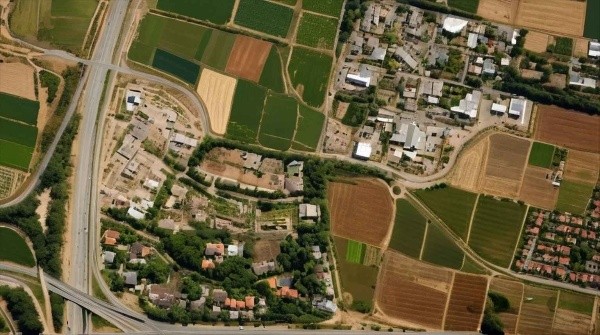Iran’s Plan to Strike Back Against the U.S.
Iran’s Military Preparations Following U.S. Attacks
Loading...

On Sunday, coinciding with Arba’een, the Lebanese resistance movement Hezbollah carried out a large-scale retaliatory military operation against the Israeli regime deep inside the occupied territories.
Overview of the Operation
On Sunday, August 25, 2024, Hezbollah launched a significant military operation against Israeli forces, coinciding with the observance of Arba’een. This operation marks the first phase of retaliation for the assassination of Fuad Shukr, a high-ranking commander within Hezbollah. The Lebanese resistance movement claimed that the operation was a complete success, targeting multiple strategic military sites deep within the occupied territories.
Key Targets and Tactical Execution
Hezbollah's operation involved a barrage of over 320 Katyusha rockets aimed at six Israeli military bases, three barracks, and two artillery positions. The primary target was the Meron Base, located on Mount Meron, the highest peak in the occupied Palestinian territories. This base is crucial for Israeli military operations, housing air traffic control, radar, surveillance, and communication facilities. It serves as the main command center for aerial warfare and intelligence operations on the northern front.
The Meron Base, measuring approximately 1 km by 200 m and situated at an altitude of 1200 m, is currently undergoing expansion. It is identifiable by its three large radar domes, which contain advanced radar antennas capable of extensive signal interception and surveillance over Lebanon and Syria. The base has been involved in electronic warfare, notably disrupting satellite-based location systems in southern Lebanon and northern occupied Palestine.
Historical Context of Targeting the Meron Base
Hezbollah has frequently targeted the Meron Base due to its role in coordinating Israeli air operations against Lebanon and Syria. Notably, in May 2006, following the assassination of a Palestinian commander, Hezbollah launched a precise rocket barrage against this base. Since the onset of the conflict in Gaza in October 2023, the base has been targeted multiple times, with significant damage reported after each strike.
In the latest operation, Hezbollah utilized Katyusha rockets to overwhelm Israeli air defenses, while precision-guided missiles were employed to strike the radome antennas directly. This tactical approach aimed to maximize damage and disrupt Israeli military capabilities.
Additional Targets and Strategic Goals
In addition to the Meron Base, Hezbollah targeted several other military installations, including artillery positions at **Neve Ziv** and **Zaoura**, as well as barracks at **Kaila**, **Yoav**, and **Ramot Naftali**. The operation was designed not only to inflict damage but also to exhaust Israel's Iron Dome interceptor system, thereby facilitating further drone strikes deeper into Israeli territory.
Following the initial phase, Hezbollah proceeded to launch drone attacks on the **Glilot intelligence base** and the **Ein Shemer Airbase**. The Glilot Base, located approximately **110 km** from the Lebanese border, serves as the operational headquarters for Israel's military intelligence unit 8200, processing critical information for military strategists. The Ein Shemer Airbase is vital for air defense, housing advanced missile systems.
Conclusion and Implications
Hezbollah's recent military operation represents a significant escalation in the ongoing conflict with Israel. The group's leadership, particularly Secretary-General Sayyed Hassan Nasrallah, emphasized that the strikes were a calculated response to Israeli aggression, specifically the assassination of Fuad Shukr. While the operation was framed as a retaliation, it also reflects Hezbollah's strategic intent to assert its military capabilities and challenge Israeli dominance in the region.
As tensions continue to rise, the implications of these strikes could lead to further military engagements, with both sides remaining on high alert. The situation underscores the fragile balance of power in the region and the potential for broader conflict if provocations persist.
Editor
Iran’s Military Preparations Following U.S. Attacks
Troops remain in five strategic locations, raising fears of renewed tensions and long-term occupation.
Opposition forces have taken control of the capital after a significant offensive. Here is how it unravelled.
